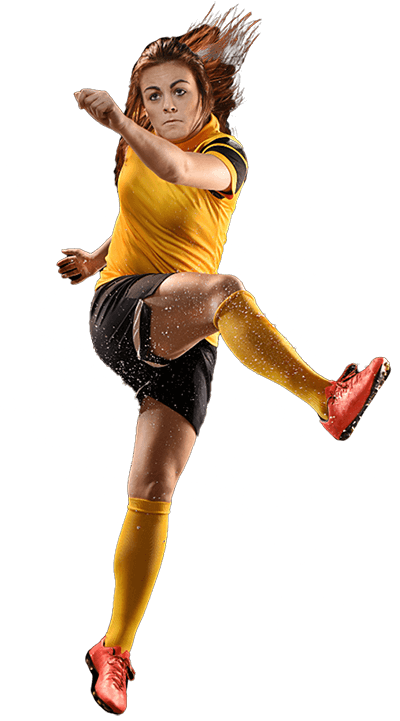ACL Injury Management: PDF Download
If you would like to know more about the management of anterior cruciate ligament injuries, please download my flyer.

ACL Rupture: History
Injuring your ACL is often acutely painful. Patients report that their knee ‘gives way.’ If an ACL injury occurs during a game of sport, patients are usually unable to continue playing the game, although occasionally this is not the case and the injury can be subtle. An audible pop may be heard, and the knee usually swells soon after the incident. After the initial injury patients usually limp or struggle to put weight on the knee, but these early symptoms often resolve in 10-14 days. Sometimes, the full extent of the injury can go unnoticed, however often when patients attempt to return to their previous sporting activity they again experience giving way and a lack of confidence in the knee.
ACL Rupture: Causes
The ACL connects the femur (thigh bone) to the tibia (shin bone). It acts to stabilise the knee by preventing the tibia from moving too far forward, but also importantly acts to prevent excessive rotation between the two bones. Injury to the ACL is relatively common. It is most commonly caused by the body pivoting around a planted foot, and often occurs during sports such as Australian Rules Football (AFL), Netball, Soccer and Rugby amongst other sports. It can occur during a non-contact action (pivoting) but also during collisions in sports where the knee is twisted.
ACL Rupture: Diagnosis
A good clinical history and comprehensive examination of the knee is usually enough to raise suspicion for an ACL rupture. Classically, the initial injury is painful, with early swelling to the joint and difficulty weight bearing or walking with a limp. Once these early symptoms settle, patients will often describe a lack of confidence in the knee and frequent giving way, especially when trying to participate in pivoting type sports. Examination of the knee will reveal increased laxity of the knee, especially when compared to the normal other knee.
An MRI of the knee is usually requested by your doctor, surgeon or physiotherapist to confirm the diagnosis of ACL rupture. The MRI also allows for assessment of the other structures within the knee (including the bones, menisci, cartilage and other ligaments),
ACL Rupture: Natural History (What happens if I do nothing?)
The ACL has minimal capability to heal itself, so once ruptured the laxity within the knee persists. If patients are experiencing symptoms from the laxity or wish to return to high level twisting and pivoting sports, an ACL reconstruction is recommended. Repeated instability episodes with associated swelling over time may lead to damage of joint cartilage and menisci which accelerates degeneration of the knee over time. Not all patients who injure their ACL will want or require ACL reconstruction surgery. During your consultation, we can discuss details specific to your injury and your goals to help you decide whether surgery is worthwhile for you.
ACL Rupture: Treatment
There are a range of treatment options for ACL rupture, depending on your injury, personal history and goals. I will discuss these in more detail at your appointment. I may recommend a physiotherapy program to maximise the function of your knee or prepare your knee for upcoming surgery. The ACL does not heal on its own, as such the ligament will need to be reconstructed. To achieve this, a small ‘graft’ is obtained from another tendon in your leg and then inserted in place of the old, torn ACL. Numerous graft options exist, including hamstrings, patella tendon and quadriceps tendon. Each case is unique, so I personalise my advice for graft type for your injury. It is also possible to use an allograft (tissue from a donor) or a synthetic graft. These options are more experimental and are generally only recommended in specific circumstances.



